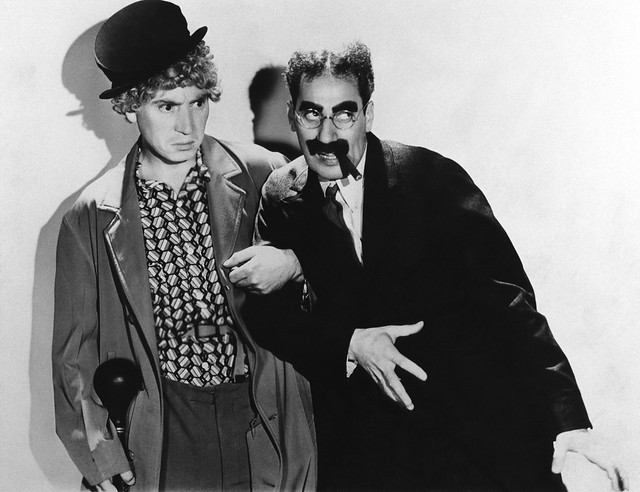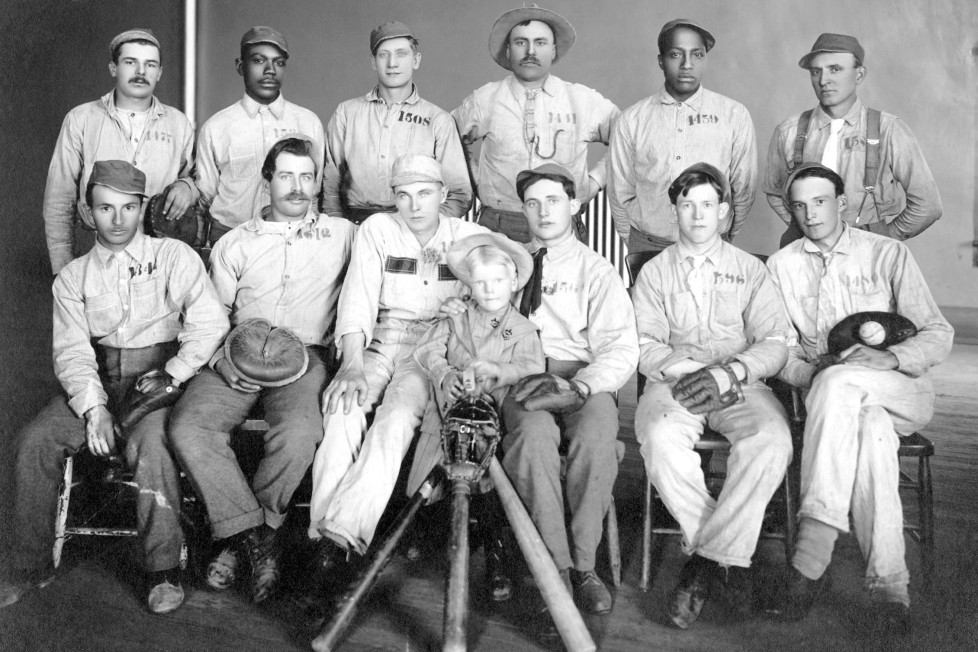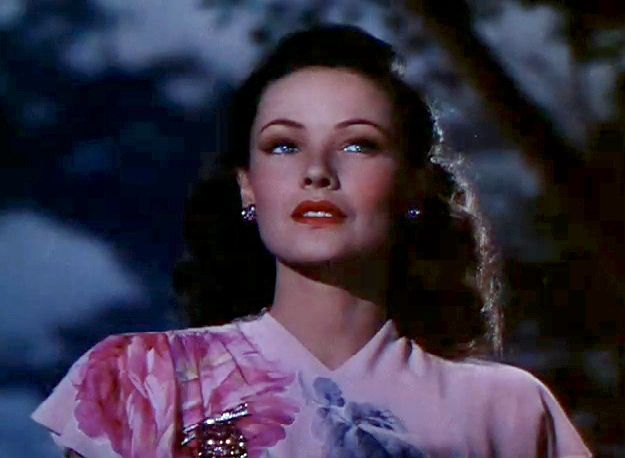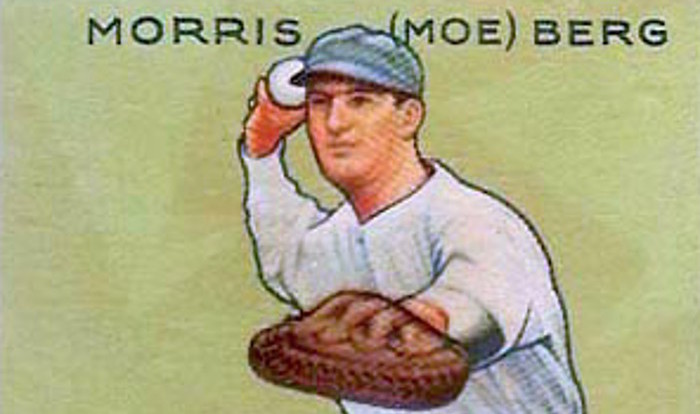I find this hard to believe. In Creature From the Black Lagoon, there’s a scene in which the creature attacks Whit Bissell and he hits it with a lantern. Wreathed in flames, it dives into the water. Ben Chapman, who played the creature, says that he was never set afire for the scene: “It was just going through the motions where he hits me and I start patting myself like I’m on fire and dive off. Then they bring a stunt double in. He would watch the film and the way I’m moving. When he did it he had an asbestos suit on. When it was time, they lit [the suit] and he went through the motions putting out the flames and dive off. They took that and superimposed it over me.”
John Johnson confirms this in Cheap Tricks and Class Acts, his history of the special effects of 1950s monster movies: “Chapman was never actually set on fire … either onboard the ship or as he jumped into the water. What the effects team did was to superimpose footage of Al Wyatt, a specialist in fire stunts, directly over Chapman. Wyatt, wearing an asbestos suit, roughly imitated the movements of Chapman. Only the fire on Wyatt’s suit was superimposed over the Chapman footage.”
Chapman says, “Next time you watch the movie, when you get to that scene, hit the remote button to make it slow, you can see that the flames are superimposed on top of me. The burning comes from inside out. When it is superimposed they lay it on top of you and if you look very closely you can see I’m not on fire and that it’s superimposed. Rock Hudson’s double did that because Rock and I were good friends. As a matter of fact, Rock and I were the same identical size.”
Johnson calls this “[p]erhaps the most undetectable example of superimposure seen during the fifties monster craze.”





